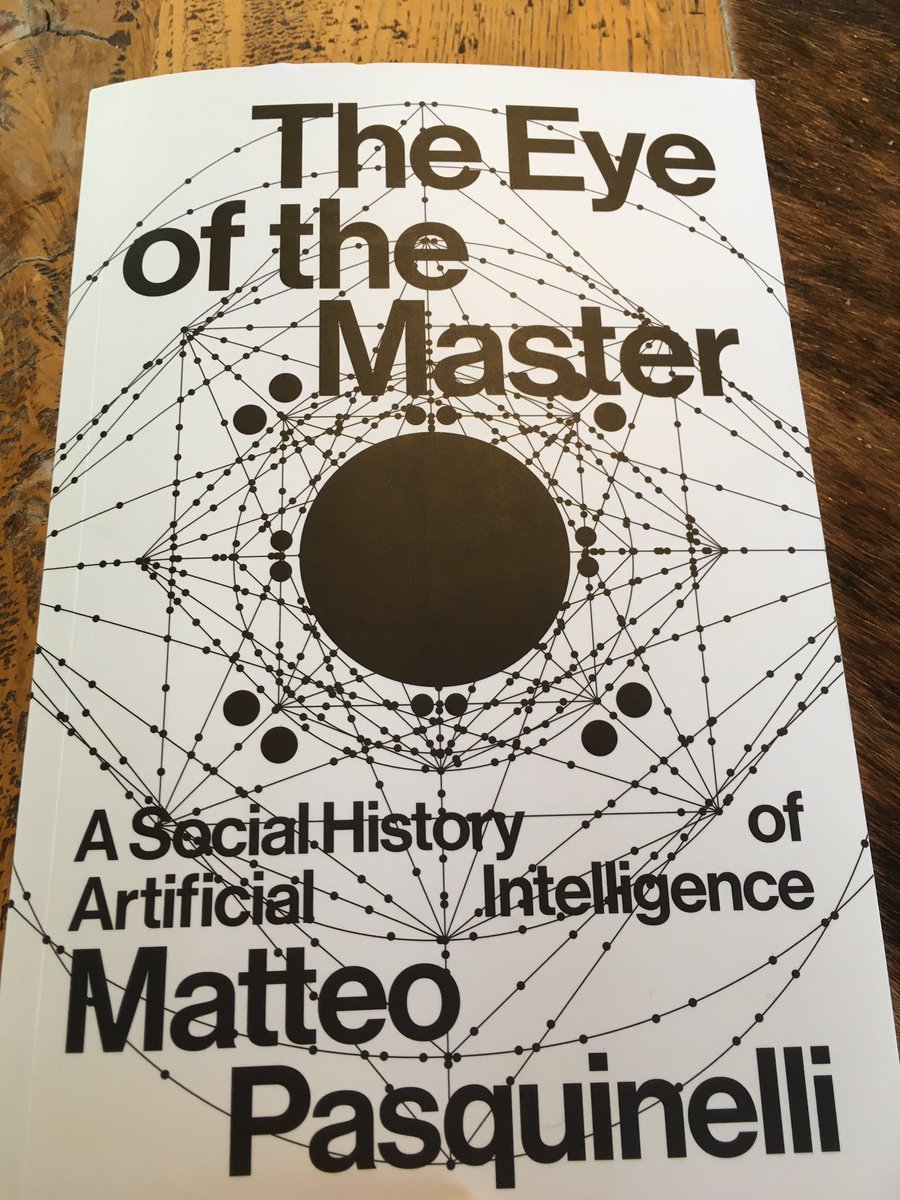I have started reading Kohei Saito's Marx in the Anthropocene and I thought it would be a nice idea to summarize the individual chapters throughout the reading process. First up: the introduction. 

The book starts from three things coming to an end today. (1) Fukuyama proclaimed a capitalist end of history and traditional Marxists view historical materialism as a progression toward the end of history, but the ecological crisis puts us for a potential end of *human* history.
(2) The Anthropocene reveals the end of nature as an independent entity distinct from human society. However, while Latourians derive from this an ontological monism that cancels the human/non-human-distinction, Saito defends a dualistic theory of metabolic rifts.
(3) Also capitalist realism à la Fisher comes at an end. Ecosocialists are actively imagining alternatives to capitalism. Reviving Marx' writings about the ecology of capitalism could help. Marx wrote notebooks about natural science that construct a helpful theory of metabolism.
Ultimately, Saito claims that Marx experienced an epistemological break. However, not in 1845 when writing the German Ideology but in 1868, when Marx' interest in the ecological sciences pushed him toward ... degrowth communism.
• • •
Missing some Tweet in this thread? You can try to
force a refresh
















